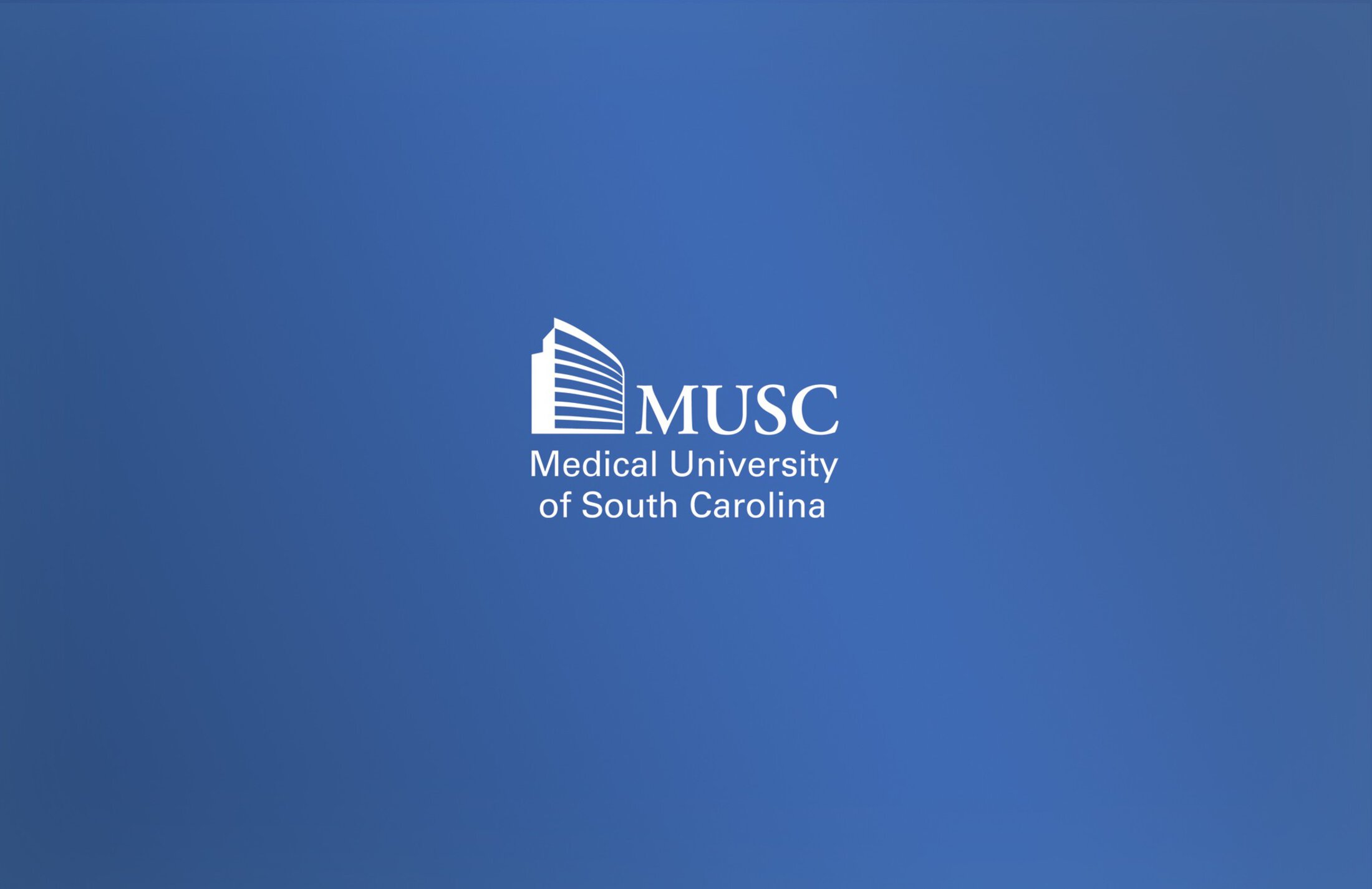Research in the Ruddy Laboratory
1) Pathogenesis of Abdominal Aortic Aneurysms. This project area examines hypertensive vascular remodeling as it relates to the formation and growth of infrarenal abdominal aortic aneurysm (AAA). We focus on the role of inflammation as a biomechanical link between these two pathologies with particular interest in the serum and glucocorticoid-regulated kinase-1 (SGK-1). Activation of SGK-1 in abdominal aortic vascular smooth muscle cells (VSMCs) is hypothesized to result in the production of proinflammatory cytokines that recruit macrophages to secrete proteases and propagate AAA growth. We utilize murine models of hypertension (AngiotensinII-derived versus spontaneous), have developed a model of chronic inflammation with Interluekin-6 infusion that independently influences aortic remodeling, and employ the validated periadventitial calcium chloride model of AAA, thereby allowing our investigations to apply multiple biomechanical stressors and more closely replicate the pathology of patients with AAA. Harvested aortic tissue can then undergo molecular analysis and by elucidating the mechanism of macrophage infiltration into the aortic wall, we expect to identify pharmacotherapeutic targets which may be utilized to treat small AAA and prevent growth.
2) The Mechanics of Aortic Dissection. Uncomplicated type B aortic dissection (TBAD) are managed medically, but many progress to aneurysmal degeneration and ultimately require surgical repair of this complex anatomy. Understanding how the flow in the true versus false lumen influences progressive dilation may allow providers to predict which patients are at high risk for aneurysmal degeneration and may therefore benefit from endovascular surgical repair early in their course. We hypothesize that the number and location of intimal flap fenestrations significantly influences these hemodynamic parameters and are utilizing silicone models as well as porcine aortic tissue to study TBAD with 4D flow MRI.
3) Preserving Vessels for Biologic Conduit. As patients with peripheral artery disease (PAD) progress to critical limb ischemia (CLI), open surgical bypass is often required. In cases where patients have inadequate autologous vein, prosthetic conduits are utilized but are known to have inferior rates of patency. Utilizing a proprietary solution that has already been demonstrated to preserve lung tissue with minimal endothelial and stromal cell damage, we are investigating preservation of superficial femoral artery and saphenous vein with a focus on maintaining both the native matrix structure and the functional cellular components in order to provide an improved off-the-shelf cellularized biologic conduit. This investigation employs tissue myograph experimentation to quantify vessel compliance and contractility and plans to employ a large animal extremity bypass model to demonstrate patency.
Recent Funding
VA Merit Award
Targeting Biomechanical Signaling in AAA PI - Jean Marie Ruddy, M.D.
Current Laboratory Members
Jeff Jones, Ph.D
PI/Laboratory Director, Division of Cardiothoracic Surgery
Jean Ruddy, M.D
PI/Laboratory Co-Director, Division of Vascular Surgery
Rupak Mukherjee, Ph.D
Staff Scientist/Statistician
Ying Xiong, Ph.D
Staff Scientist/ Laboratory Manager
Sanford Zeigler, M.D
Cardiothoracic Surgeon
Nicholas Pope, M.D
Cardiothoracic Surgeon
Chi Chi Kilcoyne, M.D. PGY-4. surgical resident 2-year research fellow
Heather Holman, M.D./Ph.D. candidate
SVS Poster Presentation
Blockade of Serum and Glucocorticoid Inducible Kinase-1 (SGK-1) can Attenuate Abdominal Aortic Aneurysm (AAA) Growth (PDF)
Statistical Assistance
Rupak Mukherjee, Ph.D.
email: mukherr@musc.edu


